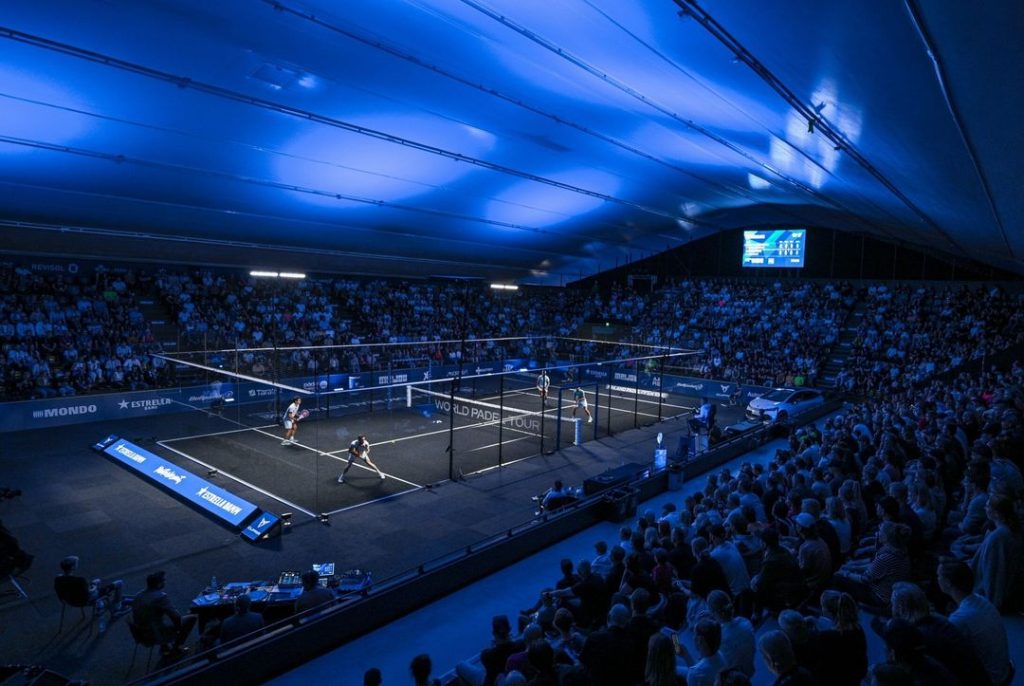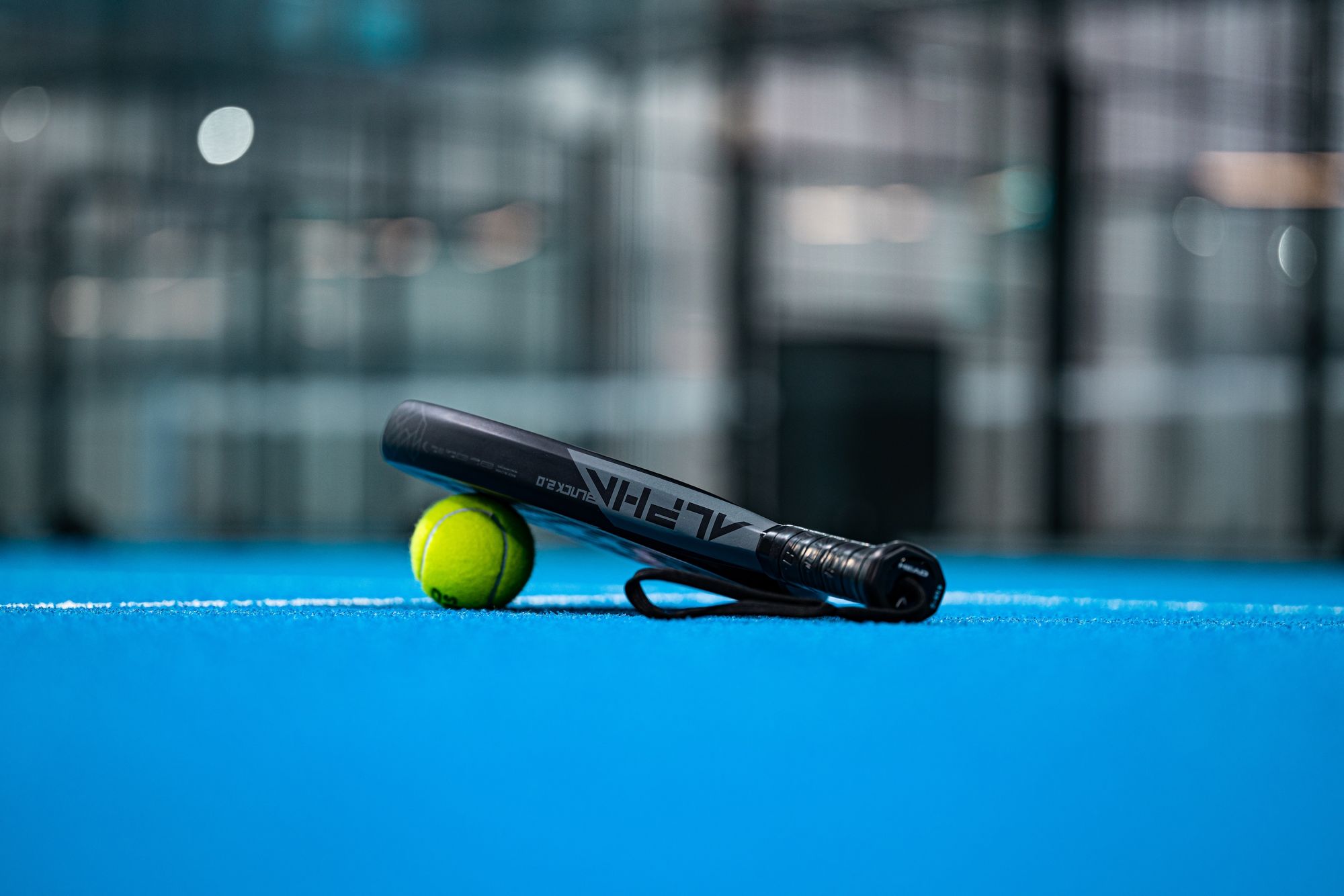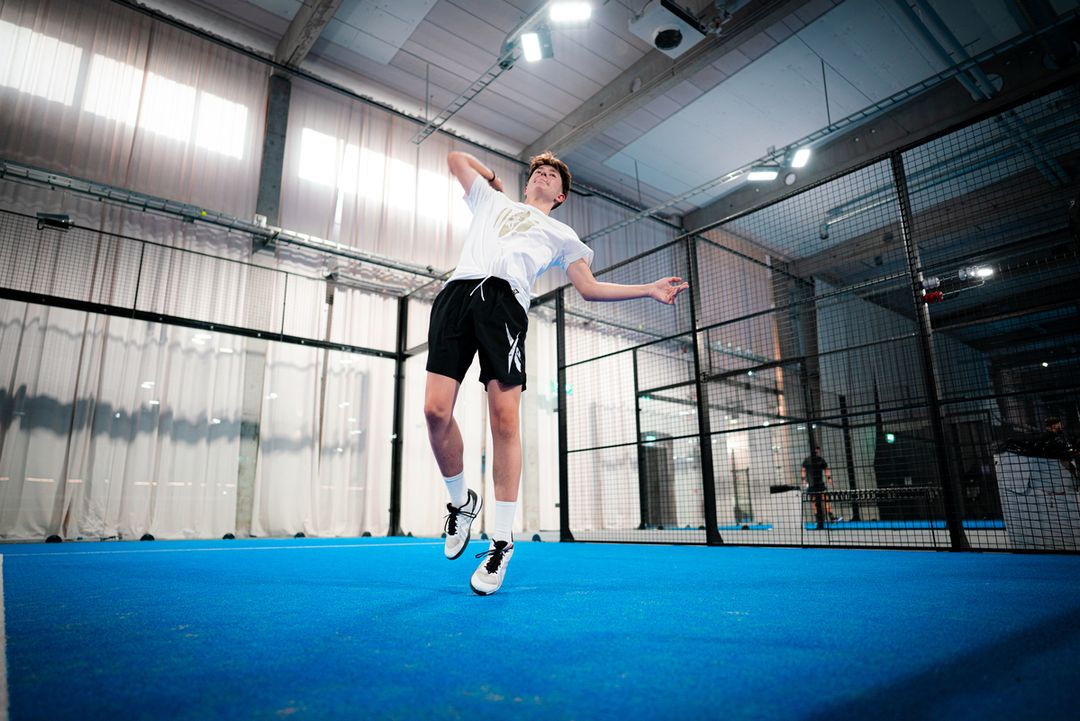Padel, the exciting and rapidly growing racquet sport, is taking the world by storm. Its blend of tennis and squash makes it accessible to players of all skill levels, fostering a vibrant and competitive community. Organizing a padel tournament is a fantastic way to promote the sport, engage with enthusiasts, and create a memorable experience for everyone involved. Whether you’re a seasoned event planner or a newcomer to the world of tournament organization, this guide will provide you with the essential steps to ensure a successful and enjoyable padel tournament. We’ll cover everything from initial planning and logistics to promotion, event day management, and post-tournament follow-up, arming you with the knowledge to host a truly exceptional event.
Planning Your Padel Tournament
Before diving into the details, it’s crucial to establish a clear objective for your tournament. Is it primarily for fun, a charity fundraiser, or a means to promote padel in your community? Defining this purpose will shape your messaging and overall approach. Once your objective is defined, you need to focus on your budget, possible sponsorships and the time frame in which you are planning to host the tournament. This involves digging into details such as the availability of courts, potential conflicts with other local events, and the preferred time slots for participants. The dates are critical and will determine how much time and effort you have to plan for promotion, set-up and potential hurdles. A good starting point will be finding the court to make sure your dates are locked in!
The format of your tournament also plays a key role. Will it be a single-elimination bracket, a round-robin style, or a combination of both? This decision will depend on the number of participants and the desired length of the tournament. For instance, a larger tournament might benefit from a round-robin format to ensure more playing time for each team. “Consider the number of participants and the desired length of the tournament,” states We Are Padel, emphasizing the importance of tailoring the format to your specific needs. Finally, establish clear rules of play, covering the scoring system, time limits for matches, and any specific regulations unique to your tournament. This ensures fair competition and a consistent experience for all players.
Organizing the Logistics
With the planning phase complete, it’s time to tackle the logistical aspects of your tournament. Securing the venue is paramount, ensuring you have enough courts and space for spectators. Furthermore, ensure the dates are locked in at the courts and you have enough space for spectators. Consider the availability of parking, restrooms, and other essential facilities to accommodate participants and visitors comfortably. Equally important is having backup plans for unexpected events, such as bad weather. “Make arrangements for spare racquets, balls, and other equipment you might need in case of emergencies,” advises We Are Padel, highlighting the importance of preparedness. Don’t overlook the importance of refreshments and amenities for players and spectators. Providing water, snacks, and perhaps even meal options will enhance the overall experience and keep everyone energized throughout the tournament.
Time management is essential for a smooth-running tournament. Create a detailed schedule or agenda, allocating specific time slots for matches, breaks, and any planned activities. This will help you stay on track and minimize delays. Developing a fair and unbiased plan for matching players is also crucial. Consider using a seeding system based on skill level or a random draw to ensure competitive and balanced matches. A final important note to consider is medical arrangements. Remember, a first aid kit and medical provisions are tres important. By addressing these logistical details meticulously, you’ll create a well-organized and enjoyable tournament environment for everyone involved.
Coordinating with Staff and Volunteers
A successful tournament relies heavily on the dedication and efforts of your team, including staff and volunteers. Effective communication is key to seamless coordination, ensuring everyone is clear on their roles and responsibilities. Before the tournament, conduct thorough briefings to outline tasks, schedules, and emergency procedures. Clearly define communication channels, establishing designated points of contact for different areas of the tournament. This will streamline problem-solving and ensure prompt responses to any issues that arise. Regular check-ins and feedback sessions can also help identify and address any concerns or challenges proactively.
Delegate tasks effectively, assigning specific responsibilities to different team members. This could include registration, court management, scoring, first aid, and hospitality. Provide volunteers with the necessary training and resources to perform their duties confidently. A well-coordinated team will ensure a smooth and efficient tournament, creating a positive experience for participants and spectators alike. Having clear communication channels ensures smooth coordination and problem-solving, and will keep you well informed of any issues that may arise.
Promoting Your Padel Tournament
Generating excitement and attracting participants requires a comprehensive marketing strategy. Social media platforms are powerful tools for reaching a wide audience. Create engaging content, including eye-catching visuals, informative updates, and interactive posts. Leverage hashtags and targeted advertising to reach padel enthusiasts in your area. “Social media is your soul sister when it comes to getting the word out!” encourages We Are Padel, emphasizing the importance of digital marketing.
Consider creating a dedicated website or landing page for your tournament. This can serve as a central hub for all relevant information, including registration details, schedules, rules, and sponsorship opportunities. Share flyers and posters in local padel clubs, gyms, and community centers. An online countdown can generate anticipation and keep potential participants engaged. Explore partnerships with local businesses or sponsors to expand your reach and offer incentives to participants. By implementing a multifaceted marketing strategy, you’ll maximize visibility and ensure a strong turnout for your tournament.
Managing the Event Day
The day of the tournament requires meticulous execution and attention to detail. Start early to prepare the venue, ensuring all equipment and supplies are in place. Conduct a final check to verify that everything is functioning properly, from the courts to the sound system. Maintain open communication with your team, keeping everyone informed and coordinated. “Start on time, be positive, and have backup plans in place for anything unexpected!” advises We Are Padel, emphasizing the importance of adaptability.
Ensure smooth registration and check-in processes, providing participants with clear instructions and tournament information. Monitor the matches closely, ensuring fair play and adherence to the rules. Address any disputes or issues promptly and professionally. Provide regular updates and announcements to keep participants and spectators informed. Most importantly, maintain a positive and energetic atmosphere, creating a fun and engaging experience for everyone involved. Prepare well, and ensure your checklist will come in handy!
Post-Tournament Follow-Up
Following the completion of the tournament, it’s essential to express gratitude to everyone involved. Send thank-you notes to participants, volunteers, sponsors, and donors. Share photos and videos from the event on social media, highlighting memorable moments and celebrating the winners. “You need to express your heartfelt gratitude to everyone involved,” emphasizes We Are Padel, recognizing the importance of appreciation. Solicit feedback from participants to identify areas for improvement in future tournaments. Analyze the overall success of the event, evaluating what worked well and what could be done differently.
This post-tournament analysis will provide valuable insights for planning future padel events. Maintaining relationships with participants and sponsors can lead to continued support and involvement in future tournaments. By actively following up and building upon your experiences, you’ll solidify your reputation as a successful tournament organizer and contribute to the growth of the padel community. By looking back at your performance you can also see things you have missed or realised midway through on how you could improve for the next set of padel matches that you have already halfway mapped out!
Conclusion
Organizing a successful padel tournament is a rewarding experience that requires careful planning, effective communication, and attention to detail. By following the guidelines outlined in this guide, you can create a memorable and enjoyable event for participants and spectators alike. Embrace the challenge, leverage the support of your team, and create a tournament that celebrates the passion and camaraderie of the padel community. By following the guidelines outlined in this guide, you can create a memorable and enjoyable experience for participants and spectators. So why not start planning your own padel tournament today and bring the excitement of the sport to your community?





